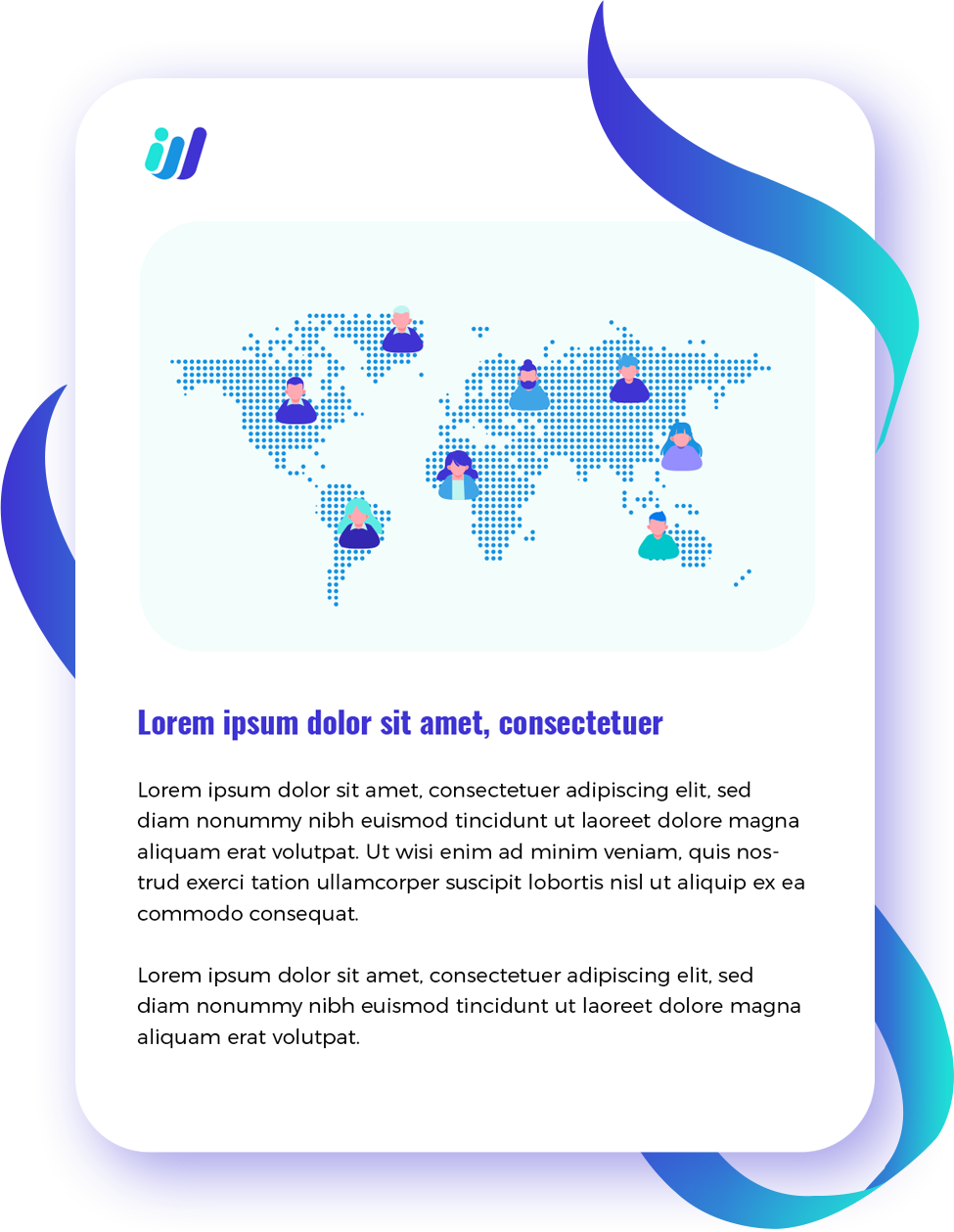Outsourcing used to be all about finding cheaper labor. Companies shipped out non-core tasks to other countries to trim down expenses and improve margins. But that narrative no longer captures the full picture. We’re now in a different era—one where outsourcing isn’t just about saving money. It’s about gaining access to global talent and cutting-edge technology, and adopting innovation strategies that companies can’t always build in-house.
This new era, often referred to as the Third Wave of Outsourcing, is marked by a significant mindset shift. Today, businesses are using outsourcing as a strategic lever to boost agility, co-create value, and spark innovation. They’re no longer simply contracting out low-value tasks. Instead, they’re teaming up with specialized partners to fast-track growth, reach new markets, and solve complex problems.
Rethinking What’s Core (and What Isn’t)
Once upon a time, anything considered “core” to a business—like product development or customer experience—was kept in-house. The rest? Fair game for outsourcing. But that line has blurred. Now, even high-impact, customer-facing functions are being entrusted to strategic partners.
Why? Because technology moves fast. Domains like AI, cybersecurity, and advanced data analytics evolve so rapidly that even the biggest organizations struggle to keep up. A Deloitte study found that 81% of executives outsource cybersecurity and 96% rely on partners for data and analytics. What was once considered non-core is now often a gateway to competitive advantage—and companies are waking up to this new reality.
In this model, the real “core” isn’t about keeping control over every function. It’s about orchestrating a network of world-class experts, wherever they may be. Innovation doesn’t have to come from inside your four walls—in fact, it often shouldn’t.
A Look Back: The Three Waves of Outsourcing
Wave One: Transactional Outsourcing (1960s–1990s)
The first wave was simple: cut costs by offshoring manufacturing and routine tasks. These relationships were transactional. Vendors followed strict contracts. Innovation wasn’t the goal—execution was.
Wave Two: Process Optimization (1990s–2010s)
Then came the era of business process outsourcing (BPO) and IT outsourcing. Thanks to the internet boom, companies started offloading entire functions like HR, finance, and customer service. The focus shifted from just saving money to improving efficiency and quality.
Wave Three: Strategic Partnerships (2018–Today)
This is where we are now. Cost savings are still part of the equation, but the real drivers are speed, expertise, flexibility, and innovation. The vendor-client model has evolved into strategic partnerships built on shared goals and mutual value creation.
The Four Pillars of the Third Wave
1. Global Talent as a Service
Today’s businesses aren’t hiring for headcount—they’re assembling flexible, on-demand teams of specialists from around the world. Need an AI engineer for a three-month sprint? A biotech expert for a specific trial phase? With global talent platforms and outsourcing partnerships, you can tap into top-tier expertise without the long-term overhead.
2. Tech That Breaks Borders
Cloud platforms, real-time collaboration tools, and AI-powered systems have made geography irrelevant. Teams across continents can now work as if they’re in the same room. The result? Faster development cycles, stronger agility, and global reach with local precision.
3. From Vendor to Co-Creator
Forget the rigid service contracts. The best outsourcing relationships today are built on shared outcomes. Known as Vested Outsourcing, these partnerships align goals and incentives between client and provider. Everyone wins when the business grows.
4. Cultural Synergy
Great partnerships are built on more than contracts. They thrive on trust, shared values, and a sense of belonging. That’s why cultural fit has become just as important as technical capability. Companies are investing in cross-cultural training and co-creation rituals that make outsourced teams feel truly part of the mission.
Innovation in Practice: Real-World Wins
- PharmaCorp cut production costs by 40% and improved product quality by outsourcing manufacturing to a specialized Asian partner.
- BioInnovate, a biotech firm, scaled its operations overnight with a contract manufacturing organization (CMO) instead of building its own facility.
- Santander & Ripple collaborated to launch One Pay FX, reinventing cross-border payments using blockchain.
- BBVA invested in Atom Bank to gain insight into digital-first banking, accelerating its own transformation.
- Ford & Makino tapped external partners to enhance tool life, reduce costs, and optimize production processes.
Leading in the Third Wave: A New Playbook
Choose the Right Partner
Go beyond cost. Look for proven expertise, cultural alignment, and the ability to scale. Evaluate them like you would a top executive.
Contract for Outcomes
Traditional contracts stifle innovation. Embrace flexible, outcome-based models that reward performance and adaptability.
Build Relationships, Not Just Transactions
Transparent communication, shared goals, and a “one team” mindset make the difference between a vendor and a true innovation partner.
Protect Your IP
Outsourcing innovation means sharing sensitive data. Strong legal agreements, clear data ownership clauses, and robust cybersecurity protocols are non-negotiable.
Looking Ahead: The Fourth Wave
The outsourcing journey isn’t ending—it’s just evolving. The future points toward:
- Hyper-specialization through niche experts and gig platforms
- AI-powered digital workers integrated with human oversight
- Values-driven sourcing where ESG and ethics are deal-breakers
In this next phase, companies won’t just compete on price or tech—they’ll compete on how well they can build, nurture, and lead global ecosystems of innovation.
Ready to dive deeper into how Third Wave Outsourcing can future proof your business strategy? Download our comprehensive ebook to explore the nuances of finding the best talent, building powerful partnerships, and leveraging this global shift for sustained success. The future of outsourcing is here. Are you prepared to embrace it?


